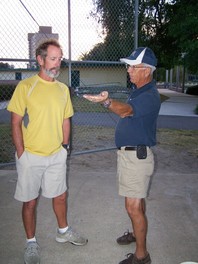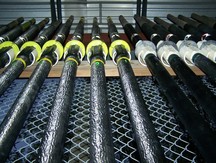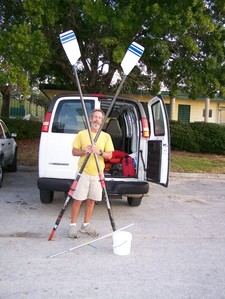 While the mad scientist himself has been attending to various family matters and getting ready for the beginning of our winter sailing season, incremental progress has been made on the Everglades Challenge boat, Frankenscot. And by "incremental progress," I mean small, nearly invisible steps toward the full-blown beastie. He painted the epoxy knees, for instance, and rigged up a pair of running backstays to help stabilize the mast. He pondered long and deep about the placement of the sliding rowing seat. Which sent us back to Denny Antram at the Steward's Foundation.
0 Comments
Leave a Reply. |
About the Blog
A lot of ground gets covered on this blog -- from sailboat racing to book suggestions to plain old piffle. FollowTrying to keep track? Follow me on Facebook or Twitter or if you use an aggregator, click the RSS option below.
Old school? Sign up for the newsletter and I'll shoot you a short e-mail when there's something new.
Archives
June 2024
Categories
All
|



 RSS Feed
RSS Feed
